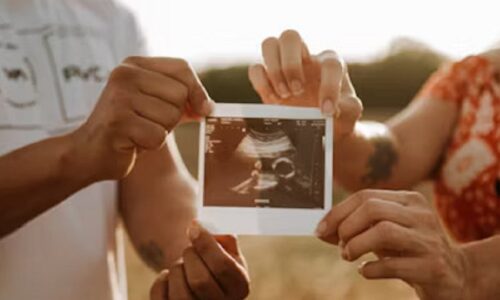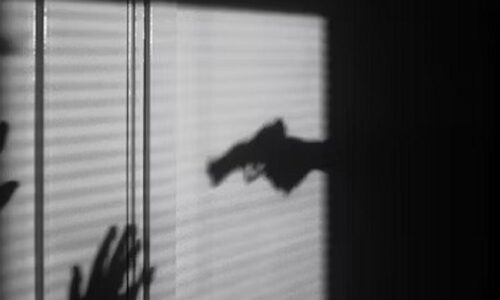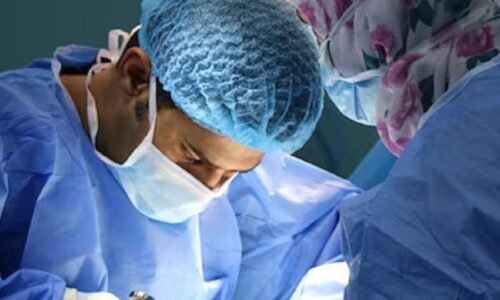
How Long After Eating Does Gallbladder Pain Start
Gallbladder pain, often associated with gallstones or other gallbladder issues, can be a debilitating condition affecting many individuals worldwide. Understanding when this pain typically occurs after eating is crucial for managing symptoms and seeking appropriate medical care. In this article, we will explore the factors influencing the onset of gallbladder pain after eating, common symptoms, and possible treatment options.
What is the Gallbladder?
Tucked under the liver lies a little organ called the gallbladder. Its primary job is to concentrate and store bile, which is the liver’s generated digesting fluid. To help with fat absorption and digestion, the gallbladder discharges bile into the small intestine when we eat, particularly when we eat meals high in fat.
Causes of Gallbladder Pain
Gallbladder pain, also known as biliary colic, is often caused by gallstones. Gallstones are hard deposits that form in the gallbladder due to an imbalance in the substances that make up bile. When these stones block the bile ducts or cause inflammation, it can lead to pain and discomfort.
Other causes of gallbladder pain include gallbladder inflammation (cholecystitis), bile duct blockage (biliary obstruction), and gallbladder dysmotility (affecting the gallbladder’s ability to contract and release bile).
Timing of Gallbladder Pain After Eating
The timing of gallbladder pain after eating can vary depending on several factors, including the size and composition of gallstones, the type of food consumed, and individual differences in digestive processes. However, in most cases, gallbladder pain tends to occur within 30 minutes to an hour after eating a meal, particularly one high in fats or oils. This is because the gallbladder contracts in response to the presence of fatty foods, which can trigger pain if there are gallstones or other obstructions present.
Symptoms of Gallbladder Pain
The symptoms of gallbladder pain can vary in intensity and duration. Common symptoms include:
- Sharp or cramping pain in the upper right abdomen: This pain may radiate to the back or right shoulder blade.
- Nausea and vomiting: Some individuals may experience nausea or vomiting along with gallbladder pain.
- Fever or chills: In cases of gallbladder inflammation, a fever may develop.
- Bloating and gas: Some people may feel bloated or gassy after eating, especially fatty foods.
It is important to note that not everyone with gallstones or gallbladder issues will experience symptoms. However, if symptoms do occur, it is essential to seek medical attention to prevent complications.
Diagnosis and Treatment
To diagnose gallbladder issues, healthcare providers may perform a physical examination, review medical history, and order diagnostic tests such as ultrasound, CT scan, or blood tests.
The underlying cause of gallbladder discomfort determines the course of treatment. Medication to dissolve the stones or surgery (cholecystectomy) to remove the gallbladder are two possible treatments for gallstones. It is possible to administer painkillers and antibiotics for gallbladder inflammation.
Prevention of Gallbladder Pain
While not all gallbladder issues can be prevented, certain lifestyle changes may reduce the risk of developing gallstones or experiencing gallbladder pain. These include:
- Maintaining a healthy weight: Obesity is a risk factor for gallstones, so maintaining a healthy weight through diet and exercise may help reduce the risk.
- Eating a balanced diet: Consuming a diet rich in fruits, vegetables, whole grains, and lean proteins, and low in saturated fats and cholesterol, may help prevent gallstones.
- Limiting alcohol intake: Excessive alcohol consumption can increase the risk of gallstones, so limiting alcohol intake may be beneficial.
Treatment Options for Gallbladder Pain
- Dietary modifications: Adopting a low-fat diet can help reduce the frequency and severity of gallbladder attacks. Avoiding trigger foods such as fried foods, dairy products, and high-fat meats can help alleviate symptoms and prevent complications.
- Medications: Nonsteroidal anti-inflammatory drugs (NSAIDs) and prescription pain relievers may be prescribed to manage acute episodes of gallbladder pain. Additionally, medications to dissolve gallstones or improve gallbladder function may be recommended in some cases.
- Surgery: If conservative measures fail to provide relief or if complications arise, surgical removal of the gallbladder (cholecystectomy) may be necessary. Laparoscopic cholecystectomy is a minimally invasive procedure that offers faster recovery times and fewer complications compared to traditional open surgery.
- Lifestyle changes: Maintaining a healthy weight, exercising regularly, and avoiding smoking and excessive alcohol consumption can help prevent gallbladder problems and reduce the risk of recurrent attacks.
In conclusion, gallbladder pain typically occurs within 30 minutes to several hours after eating, especially a large or fatty meal. Understanding the symptoms and causes of gallbladder pain is essential for proper diagnosis and treatment. If you experience gallbladder pain or other symptoms, it is important to seek medical attention promptly.
Aahana Gupta
Aahana Khan is a versatile content writer who skillfully combines her expertise in biotechnology with creative communication. Her strong educational background in biotechnology provides a scientific lens to her writing, making complicated ideas easy to understand for a wide range of readers. Driven by her passion for effective communication, she seamlessly transitioned from her biotechnology roots to a thriving career in content writing.




